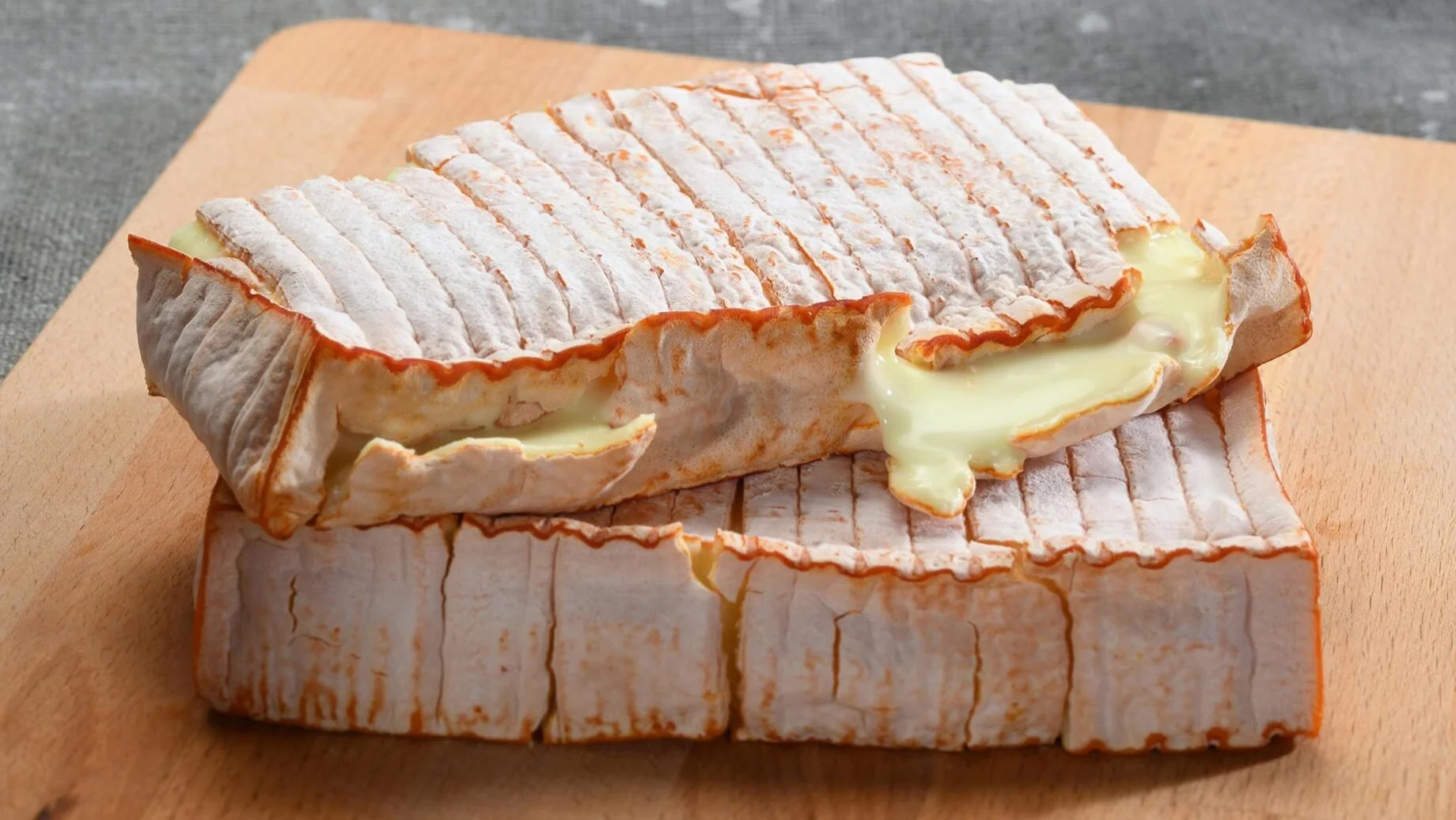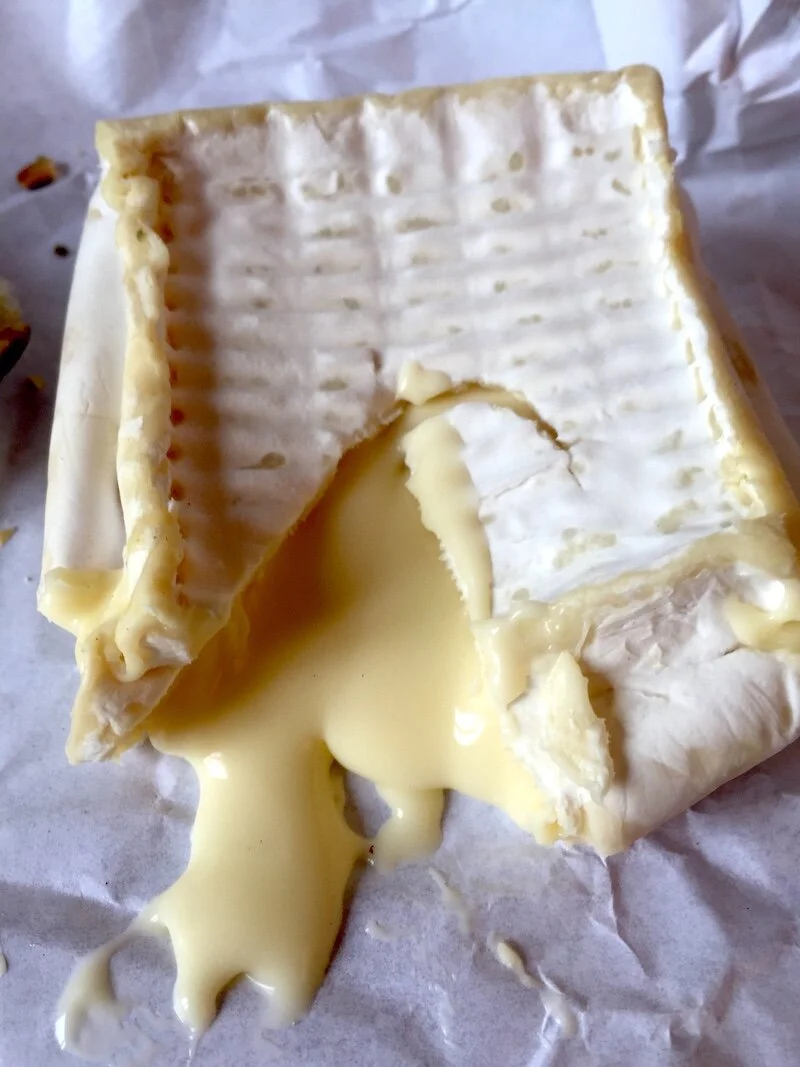World Cheese Encyclopaedia - Each Sunday learn all about a new cheese.
This week Couronne Lochoise from France.
Country: France 🇫🇷
Region: Loire Valley
Made from: Goat’s milk
Pasteurised: Thermalised
Texture: Soft, runny, creamy
Taste: Buttery, pastry, herbaceous
Certification: No
Aging: Less than 60 days
Also known as La Couronne, or Couronne de Touraine, Couronne Lochoise is an ash-coated, thermalised goat's milk cheese made in the region around Loches in the Loire Valley in France. It takes its name from its doughnut-like shape, "La Couronne" literally translating to "the crown". Lochoise is from the area where the cheese originated – the area of Loches, but it is also produced in Touraine, both towns near Tours in the Loire Valley. It is produced in very limited quantities by quite a small number of artisanal cheese makers and can be hard to find outside of France.
Photo: ayearinfromage.com
The ash-coated rind of Couronne Lochoise is delicate and thin with a greenish grey color and is what is called a "brainy" rind because the surface is scrunched and wrinkly. A powdery white bloom covers the ash and helps ripen the cheese from the outside in. It weighs about 6 ounces and measures about 3 inches in diameter, including the hole. A ripe Couronne Lochoise should be soft to the touch as the interior has started to break down. When ready to eat it will have a delicious runny, fondue-like layer just under the rind and a bit firmer core. The interior paste is white. It’s aroma is musty, herbaceous and earthy.
Couronne Lochoise has the flavour of the rich pasture lands of the Touraine area. It is tangy, mildly acidic, with herbal notes, salty and minerally and of course tastes like a goat cheese. When fully mature it has a creamy texture and can develop the flavour of buttered pastry.
How to Enjoy It
Accompany La Couronne with wines from the region. Try one of the delicious Loire Valley whites such as a Vouvray or Sancerre or one of the local reds such as an Anjou or Bourgueil.
Photo: Cheesenotes.com
Thermalisation vs Pasteurisation
For thousands of years, cheeses have been made from raw milk. Unpasteurised cheeses are still readily available across Europe today. The cheese-making process is thought to limit the number of harmful micro-organisms in cheese and contribute to the flavour. However, since the 1940s the U.S. has banned all raw milk cheeses aged fewer than 60 days, as it is thought the micro-organisms can survive up to 60 days of maturation. This is where pasteurisation comes in.
Pasteurisation is a process that was invented by Louis Pasteur in the middle of the 19th century and revolutionised the production of dairy products. It is the process of heating liquids in order to reduce the levels of viruses, bacteria, molds, yeasts, and protozoa present in the liquid. Milk is a very friendly environment for the growth of micro-organisms and pasteurisation made milk much safer to eat and gave it a longer shelf-life.
When it comes to making cheese, however, there are micro-organisms that are key in the development of the cheeses flavor, and also good for human health, and these are destroyed by the pasteurisation process resulting in less flavorful, if « safer » cheeses.
There are several methods of pasteurisation:
Photo: coop.co.uk
HTST (high temperature, short time) in which the milk is heated to 71.7 °C/161 °F for 15-20 seconds.
UHT (ultra high temperature) pasteurisation involves heating the milk to 138 °C/250 °F for a split second. At this temperature the milk is actually cooked and can no longer be used for cheese production.
Thermalisation is a third way to treat milk. With this method the milk is heated only to 60-65 °C/140-150 °F for 15 to 30 seconds and is then chilled before being re-heated at the start of the cheesemaking process. This technique helps retain the flavour of the cheese while reducing the number of micro-organisms. Interestingly, the US still considers this to be raw milk, while the European Union considers it to be pasteurised.
Sources: Wikipedia, cheese.com, freshgourmet.hk, fromages.com, ayearinfromage.com, SFGate.com, coop.co.uk, curdnerds.com
Looking for a different cheese? Search the whole blog here:






























